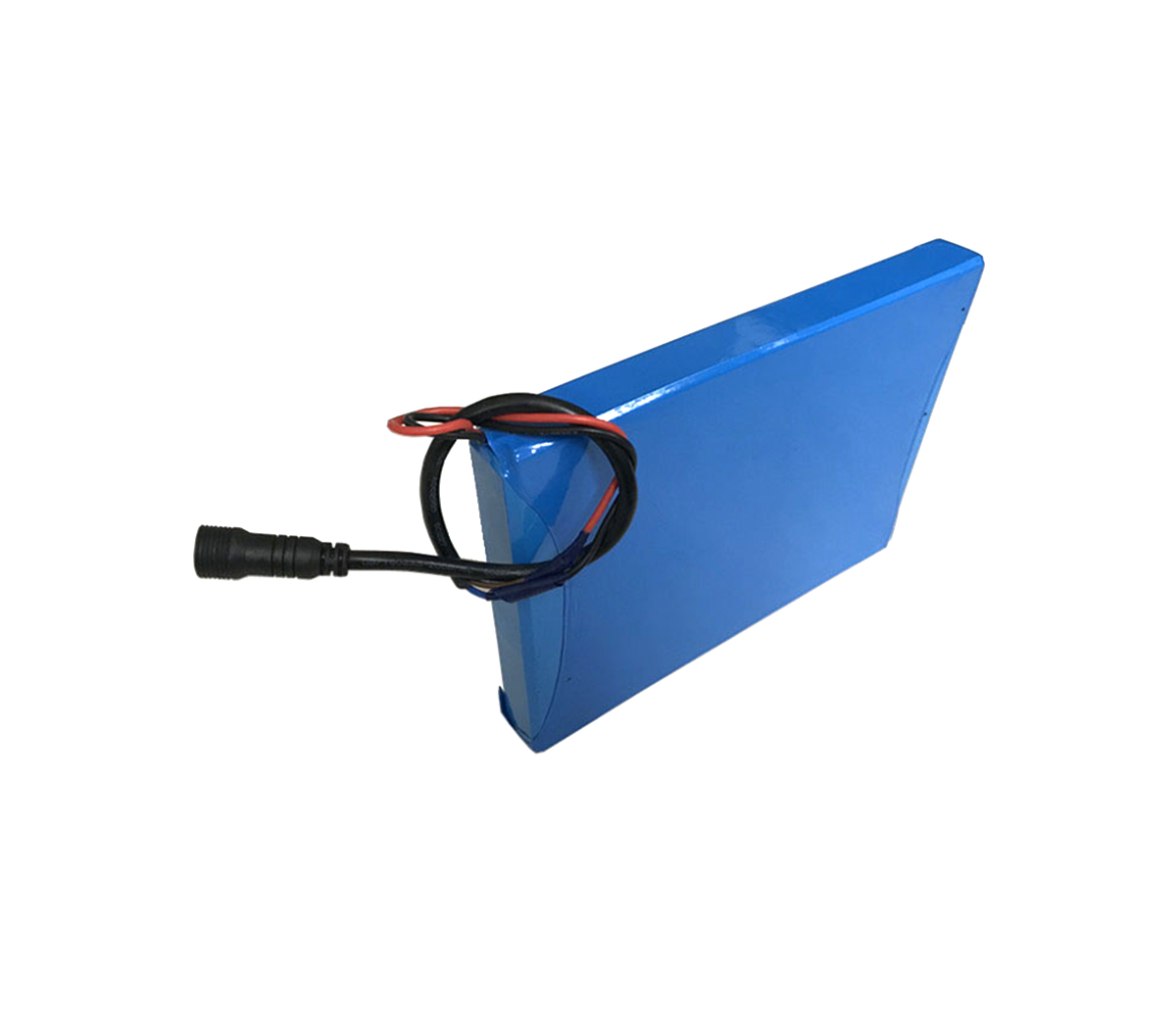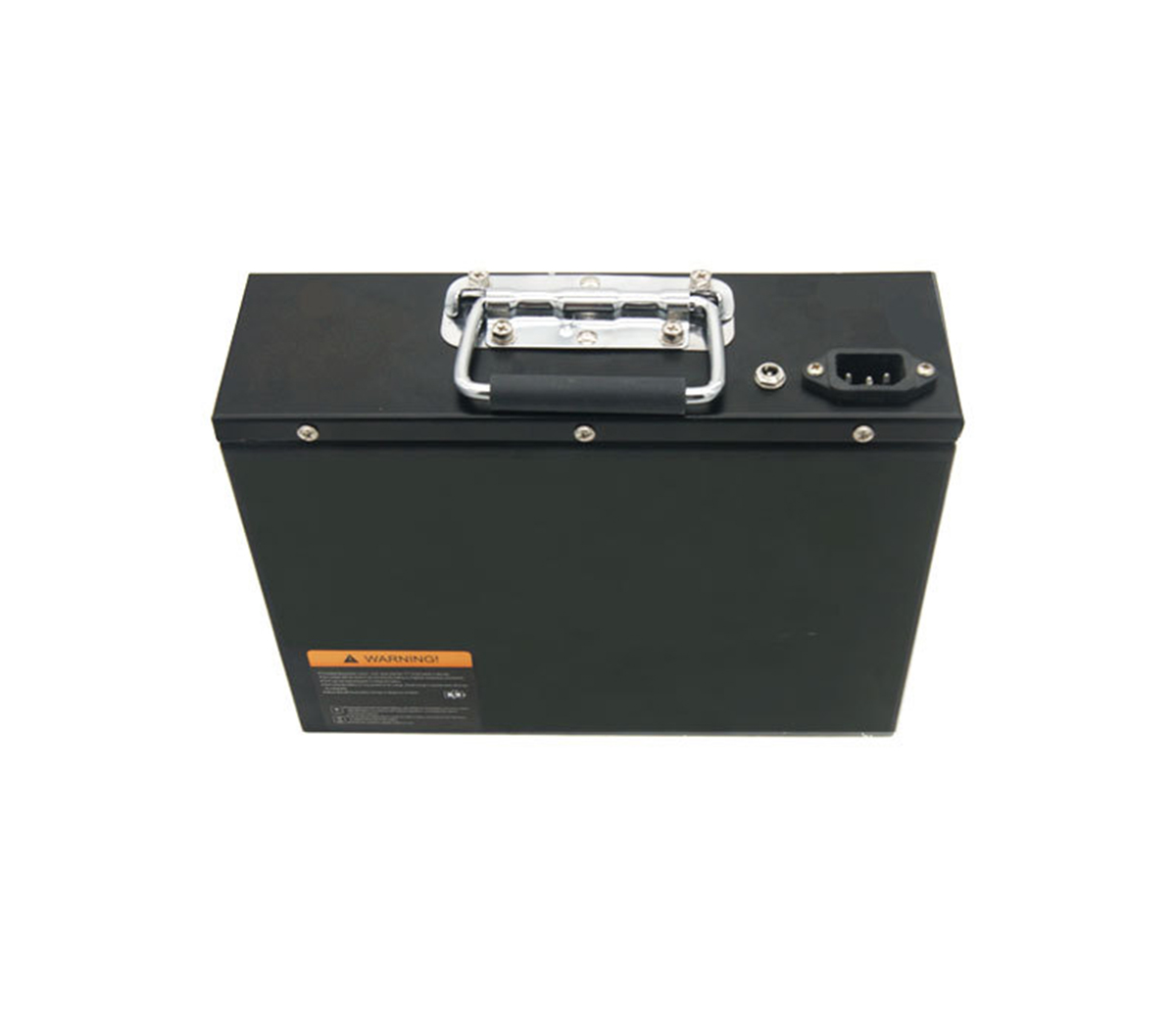Electric cars staged "Revenge" counterattack relying on technical
bottlenecks but still
From the perspective of the time of birth, electric vehicles that were born
about half a century earlier than internal combustion engine vehicles can
definitely be called the "old predecessors" of the automotive industry. However,
this "old predecessor" could only be powered by dry batteries at the time, and
the distance he could run was only a short distance, which seems incredible
today.
United States: Electric cars counterattack future cars
Under the stimulus of high government subsidies and a large number of
policies, electric vehicles that were originally eliminated by fuel vehicles
have staged a "revenge" in the US market.
Data released by the U.S. government shows that the total sales of the U.S.
auto market in 2017 exceeded 14 million, of which new energy models accounted
for about 3%, and the total sales reached 477,000, an increase of 5.6% over the
previous year. Among new energy vehicles, sales of pure electric vehicles
increased by 23% to 168,000.
Bloomberg (Bloomberg) released a report predicting that by 2040, the sales
of electric vehicles will reach 41 million, accounting for 35% of the sales of
new light vehicles.
Electric car staged "Revenge"
From the perspective of the time of birth, electric vehicles that were born
about half a century earlier than internal combustion engine vehicles can
definitely be called the "old predecessors" of the automotive industry. However,
this "old predecessor" could only be powered by dry batteries at the time, and
the distance he could run was only a short distance, which seems incredible
today.
In the second half of the 19th century, the development of battery
technology ushered in the earliest glory of the American electric vehicle
industry. Electric vehicles began to be widely used in Europe and the United
States, and were once more popular than fuel vehicles.
No unpleasant gasoline smell, no noise, no engine vibration, no long
warm-up time for steam cars, easier driving operation, and relatively low price.
These characteristics made electric vehicles quite popular in the early car
market in the early 20th century. Together with steam cars and diesel
locomotives, a tripartite situation was formed. In 1900, 38% of the 4,200 cars
sold in the United States were electric cars, 22% were internal-combustion cars,
and 40% were steam-engine cars.
However, with the improvement of oil exploration and internal combustion
engine technology in Texas, electric vehicles have gradually lost their
advantages. Internal-combustion-powered vehicles "occupies" the automobile
market in one fell swoop, and electric vehicles began to disappear. By the 1930s
and 1940s, electric vehicles had been basically eliminated by fuel vehicles.
In the following decades, with the depletion of petroleum-based fossil
energy and the continuous occurrence of air pollution incidents, electric
vehicles staged a "revenge" in the US market, and more and more Americans began
to pay attention to electric vehicles again.
As an important market indicator, sales data not only reflect the attitude
of ordinary consumers towards new energy vehicles, but also intuitively show
consumers' preference for certain types of vehicles.
According to the definition of China's industrial category, hybrid vehicles
are not new energy vehicles, but what is interesting is that hybrid vehicles are
the highest-selling category in the US new energy market, accounting for
approximately 67% of total sales. Compared with pure electric models that are
prone to anxiety about cruising range, and plug-in hybrid models with relatively
higher prices, hybrid models are more cost-effective.
Hybrid power has been cultivated in the United States for many years.
Japanese and American vehicles such as Toyota and Ford have the most competitive
advantages in the market. Among them, the Toyota market accounted for up to
55.42%; Ford came in second with 19.24%.
plug-in hybrid models are also very popular in the US market. Japan's Prius
Prime competes with Chevrolet Volanda at home in this field.
In the pure electric vehicle market, it is dominated by Tesla’s main models
ModelS, ModelX, BoltEV and LEAF. Statistics show that the sales of these four
models account for more than 80% of the sales of the entire pure electric
vehicle market. Among them, the electric SUV with high driving range has always
been a battleground for military strategists. This is also the reason why ModelX
remains popular after experiencing door turmoil and seat problems.
The Model 3 electric car, which entered the US market last year, has a
starting price of 35,000 U.S. dollars, and is known as Tesla's most affordable
model. Tesla has high hopes for this model, hoping to use it to reduce losses
for Tesla and invest in future cars.
However, what the industry is most concerned about is whether Model 3 can
be volume up quickly. Previously, this car has repeatedly postponed its
production target due to insufficient production capacity. Recently, Tesla
announced that its weekly output has reached 2,000 vehicles. It is reported that
Tesla’s production target for the second quarter is 5,000 Model 3 electric
vehicles per week, which was originally the company’s goal for the end of
2017.
"Counter-attack" relies on technology, but the bottleneck is still
The reason why electric vehicles can "counterattack" in the US market is
the decline in battery costs and the development of charging technology is also
an important factor.
First of all, battery cost reduction is a prerequisite. Last year, the cost
of lithium-ion batteries was $350 per kilowatt-hour, and since 2010, the cost of
lithium-ion batteries has fallen by 65%. The International Energy Agency's
report pointed out that since 2008, the cost of batteries has dropped by about
four times, and the energy density of batteries has increased by five times.
Bloomberg analysts predict that by 2030, the cost of batteries for electric
vehicles will be well below US$120 per kilowatt-hour. With further improvements
in technology, battery costs will further drop.
For electric vehicles, charging is an essential part of the use process. As
of January 2018, the United States had built nearly 20,000 charging piles and
more than 50,000 charging sockets.
The star effect is another reason for the development of new energy
vehicles in the United States. When oil prices cannot be a factor that motivates
ordinary people to purchase new energy vehicles, the choice of public figures
gives the purchase and use of new energy vehicles a star effect, making it a
trend.
In addition, the promotion of star companies such as Tesla also played a
key role. Tesla’s market strategy is undoubtedly correct. In 2008, it first
launched the test-water sports car Roster, in 2012 it launched the mature
mass-produced high-end car ModelS, in 2015 it launched the ModelX, and then in
March 2016 it launched the friendly Model3, which is First use high-end cars to
exercise their abilities and occupy the market potential without overly
disturbing competitors. When the technical capabilities are mature, they will
quickly launch Volkswagen models to seize the market.
Of course, it is not just Tesla. After the 1990s, major automobile
manufacturers began to invest funds and technology in the field of electric
vehicles, which became an important factor in promoting the development of
electric vehicles.
However, despite some progress, the US electric vehicle market still faces
problems such as high charging pile costs and long charging times. As long-term
losses are difficult to spread, and charging service fees are just a drop in the
bucket for operators, losses have become the "normal" for the entire charging
pile industry.
In this regard, Tesla's solution is to build as many fast charging stations
as possible-"Supercharging" (Supercharging). The "Super Charging Station" is
fast and convenient. It can travel 270 kilometers with half an hour of charging,
which is 10 times the efficiency of household charging piles.
Although this service is commendable, the high cost makes most Americans
"daunting." It is understood that the construction cost of each "super charging
station" not only exceeds 100,000 US dollars, but also requires an
infrastructure land with an area of 20 square meters to 200 square meters.
In this case, the development of wireless charging technology has become an
important factor in the popularity of electric vehicles. With the increasing
research and development of wireless charging technology for electric vehicles
by major manufacturers, and the fierce competition in the third-party charging
pile market, this technology has also been successfully applied.
In recent years, automakers from all over the world have realized the
intelligent and new energy trend of the auto industry, and have increased their
investment in autonomous driving and new energy vehicles. For example, Ford
announced during the North American Auto Show this year that it plans to invest
US$11 billion in the development of electric vehicles and hybrid vehicles; BMW
announced that it will launch a total of 25 electric vehicles by 2025;
Mercedes-Benz plans to achieve the entire vehicle range by 2022. Has an electric
version.
In addition, Japanese manufacturers are also using hybrid technology and
improving the fuel efficiency of internal combustion engines to rapidly improve
the economy of fuel vehicles.
Regions with more policy support are developing fastest
For many years, the US government has always maintained a positive attitude
towards new energy vehicles. As early as the 1980s, the US government launched a
targeted new energy strategy.
In 1988, President Reagan signed the Alternative Engine Fuel Act (AMFA) in
the last year of his term, passing tax cuts for car companies that use natural
gas or alcohol (the two fuels are called alternative fuels). To achieve the
purpose of improving fuel economy and reducing emissions.
In 1989, President Bush Sr. submitted an amendment to the Clean Air Act to
Congress, hoping to solve the three major air problems that endanger the health
of the American people: acid rain, urban air pollution, and toxic gas emissions.
In the end, the proposal was passed in 1990, and car companies that sell
clean-fuel vehicles can enjoy certain tax relief.
In 1992, the US Congress passed the Energy Policy Act (EnergyPolicyAct).
For the first time, the decree gave the official definition of the “alternative
fuel” concept that has been applied by the industry for several years:
alternative fuels include biofuels (such as ethanol), natural gas, hydrogen,
electricity, propane, and other fuels that can pass the Department of Energy’s
rules in the future (and later passed There are two fuels, namely biodiesel and
P-series fuel). These models are called Alternative Fuel Vehicles (AFV).
Until today, AFV is still the official definition and key support model for
the promotion of energy-saving and environmentally friendly vehicles in the
United States. In the decree, AFV has become the main target of government car
purchases. A rigid indicator is: Starting from the 1999 fiscal year, 75% of the
light-duty vehicles used by the federal government must be AFVs.
It is under the impetus of government subsidy policies that American new
energy vehicles have experienced rapid growth in recent years.
In order to promote the plug-in hybrid vehicle plan, the US government has
spent tens of billions of dollars in the form of low-interest loans and
subsidies, and even set up a fund to support the research and development and
production of power batteries, key components, new energy vehicles, and charging
Facilities construction.
As a strong supplement to the existing tax credit policy, the U.S.
government, in the name of the White House, for the first time in July 2016,
issued a package plan for the development of the electric vehicle industry,
including the provision of US$4.5 billion in government loan guarantees, and an
annual subsidy of 1,000 10,000 US dollars to promote the "Battery 500"
project.
The Obama administration also issued regulations in 2012, requiring that
the average mileage per gallon of gasoline in American cars reach 54.5 miles
(equivalent to 4.32 liters per 100 kilometers) by 2025, an increase of 10 miles
from the current standard. The Obama administration stated that this will help
substantially reduce greenhouse gas emissions, save consumer spending, and
ultimately reduce U.S. crude oil consumption.
The leverage of policy regulation is very obvious. For example, stimulated
by favorable policies, the sales of electric vehicles in Georgia, the second
largest electric vehicle market, are close to California, the largest electric
vehicle market.
From the perspective of the regional development pattern, regions with more
policy support have become the fastest-growing regions in the US new energy
vehicle market.
From the perspective of the ownership of electric vehicles in the United
States, California accounts for more than half, and the reason is the strong
support of local governments. Matt Miyari, the vice president of the Science and
Technology Development Department of the Southern California Air Quality
Administration, once said in an interview that the vigorous promotion of the
California government has created a strong stimulus for the development of the
industry. This is the development of new energy vehicles in the United States.
important reason.
As the largest electric vehicle market in the United States, California has
been "mandatory" to promote new energy vehicles.
Since the 1970s, in order to control air pollution, California has the
right to set stricter automobile fuel consumption standards. Therefore, it has
become the state with the most stringent automobile environmental protection
standards in the United States, and it is also the state with the fastest
development of new energy vehicles.
In 1990, California introduced a zero-emission vehicle program, requiring
automakers to develop pure electric vehicles, and at the same time requiring the
sales of new energy vehicles to reach 15% of the overall sales of new
vehicles.
In 2007, California subsidized pure electric vehicles, fuel cell vehicles,
plug-in hybrid vehicles, electric motorcycles, etc. through the Clean Vehicle
Subsidy Program. According to different car models, they are entitled to
different subsidy levels. The state government will pre-determine the total
amount of subsidies each time, which is generally issued to car buyers on a
first-come, first-served, first-buy-first-served basis until the total subsidy
is used up.
Abodo Ayala, Executive Vice President of the California Air Resources
Board, said: “If automakers want to sell cars in California, then by 2025, one
of the seven cars you sell must be a zero-emission vehicle. If so. Failure to
comply with the regulations will inevitably be punished."
Today, Americans’ enthusiasm for electric vehicles is rising again, and
electric vehicles are increasingly occupying the market.
South Korea: Use "the world's highest level" subsidies to promote electric
vehicles
In recent years, the Korean government has actively promoted the
development of the electric vehicle industry through technology research and
development and government subsidies. However, insufficient charging station
facilities and unstable and uneven subsidy policies are still two major
obstacles to the development of South Korea's electric vehicle industry.
attaches great importance to technology development
In February 2018, South Korean officials stated at the "Future Automobile
Industry Symposium" that the South Korean government will accelerate the
technological development of electric vehicles and autonomous vehicles.
The Ministry of Trade, Industry and Energy of Korea stated in its
"Development Strategy for the Future Automobile Industry" that it will greatly
improve the driving distance and charging technology of electric vehicles. More
than kilometers, the charging speed is more than twice the current.
The Ministry of Commerce, Industry and Energy also stated that the
government plans to centrally convert buses, taxis and small trucks into
electric vehicles. The specific plan is to select five local autonomous
organizations in 2018, and from 2019, replace 10% of the vehicles every year,
until 2030, all the above types of vehicles will be converted into electric
vehicles.
In addition, the South Korean government has decided to promote the
recycling of waste batteries for electric vehicles and the basic services of
electric vehicles such as the power grid for electric vehicle storage and energy
from 2018.
Related data show that in the past two years, the sales volume of electric
vehicles in South Korea has increased significantly. In 2015, South Korea’s
sales of electric vehicles were 2,907 units, and in 2016 it increased to 5,914
units. Issued by the Ministry of Environment of South Korea in January 2017


































